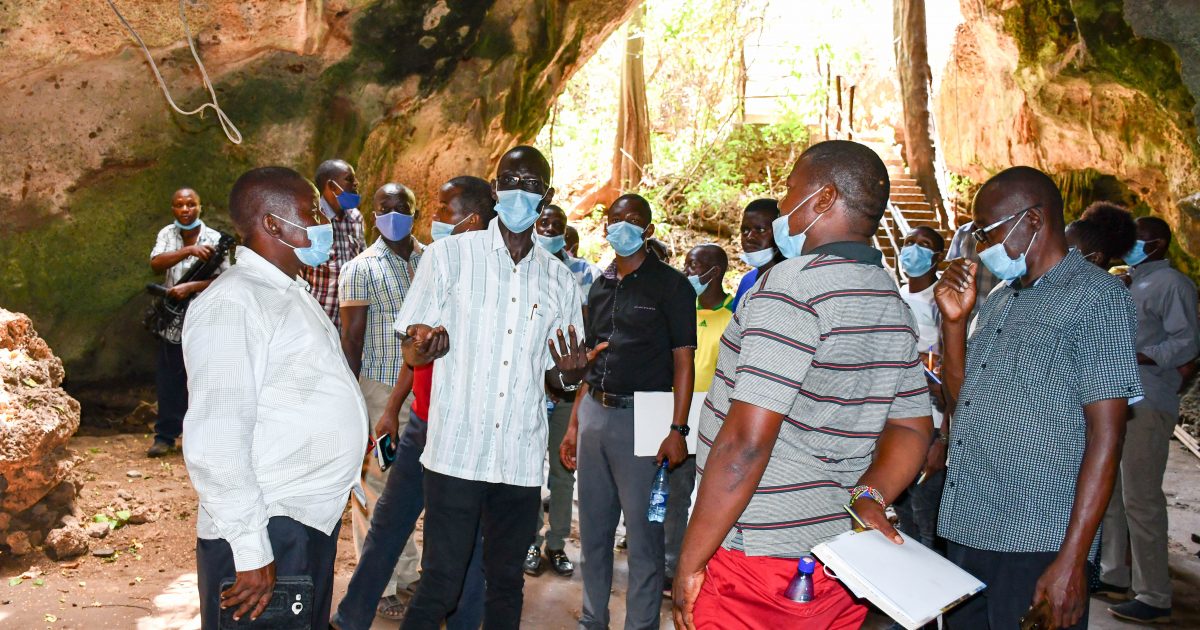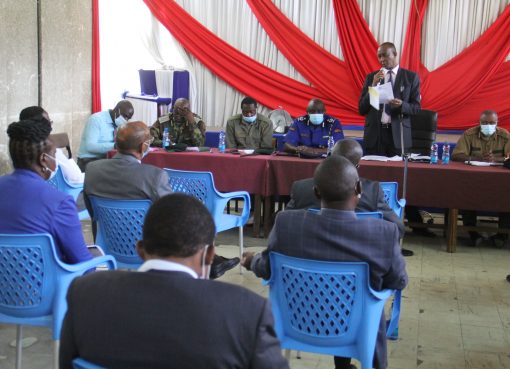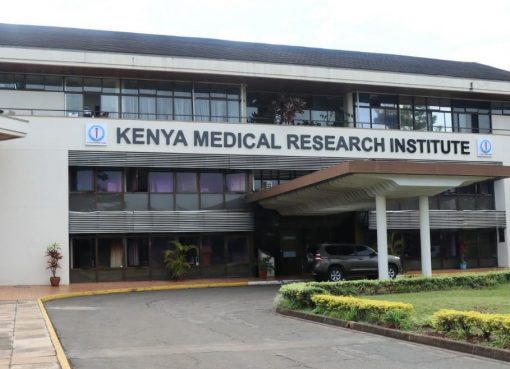The National Museums of Kenya (NMK) is rooting for community involvement in the conservation of heritage sites faced with imminent threats of coastal flooding and erosion due to sea-level rise.
NMK contends that rising sea levels due to climate change is putting heritage sites and monuments of outstanding value to humanity at increased risk of flooding and erosion.
NMK, the state corporation that manages museums, sites and monuments says that strong tidal waves caused by a warming planet are putting iconic and historical sites across the coastline at great risk.
Fort Jesus Chief Curator Fatma Twahir said many cultural and heritage sites in the coastal counties of Mombasa, Kwale, Kilifi and Lamu are increasingly at risk from coastal hazards due to sea level rise occasioned by climate change.
She said NMK has partnered with the cultural protection fund to train curators and communities living near the heritage sites to keep them safe.
“The partnership will also provide opportunities to local communities for training and education, enabling and empowering them in the long term to value, care for and benefit from their cultural heritage” she said.
Speaking at a Climate Action and Disaster Risk Management forum in the port village and tourist destination of Shimoni in Kwale County, Fatma said the risks facing the heritage sites if not “well mitigated could have negative effects on their world heritage values.”
She said in an interview that heritage sites and landmarks like the Siyu Fort in Lamu, Jumba La Mtwana (the large house of the slave) in Kilifi and the Shimoni slave caves and the 16th century Kongo mosque both in Kwale are all at risk of being lost to the sea because of ceaseless coastal erosion.
She noted on Friday many of these and more historical sites hang in the balance as sea waves slowly erode them and need protection from the vagaries of the weather.
“The NMK recently put up walls around Fort Jesus in Mombasa and the Vasco Da Gama Pillar in Malindi to shield them from sea waves,” she said and highlighted the losses to the tourism industry should the sites fall victim to a warming planet.
Fatma said the NMK, in conjunction with the British Council Cultural Protection Fund, is engaging local communities around the sites to be active in efforts aimed at preserving heritage sites for posterity.
She said the NMK is encouraging stakeholders to support the actions and mobilizations of communities for enhanced heritage management and preservation.
The senior curator said the NMK is doing everything possible to fortify the historical and cultural edifices along the coastline to ensure they are not washed away and preserved for the sake of posterity.
On his part the Shimoni Slavery Museum Curator Patrick Abungu underscored the need to strengthen the role of local communities in the management and protection of heritage sites in low-lying coastal areas.
He said storm surges and increasing coastal erosion occasioned by climate change are the biggest potential threats to world heritage sites around the globe and that Kenya was no exception.
Abungu said many historical and cultural sites along the shoreline enlisted by Unesco for their outstanding universal value now face perilous and uncertain futures due to sea-level rise.
“Climate change is here with us and affecting world heritage and iconic sites and Kenya is no exception,” said Abungu who called for more efforts to shield the heritage properties from falling into permanent ruin.
He said the NMK in collaboration with stakeholders is seeking to promote adaptation strategies aimed at protecting the country’s endangered heritage sites.
Abungu said during the peak of the slave trade, in the 18th and early 19th centuries, the Shimoni slave caves were used as a place of confinement for the captured slaves before shipment to slave markets in Zanzibar, Pemba in Tanzania, and Oman on the Arabian Peninsula.
The other elements of significance at Shimoni include the colonial buildings erected by the Imperial British East Africa Company in the later part of the 19th century during the war to stop the slave trade in the region.
“The NMK is determined to strengthen the involvement of local communities as first responders in the management and preservation of significant heritage sites,” he said stressing on the need to promote meaningful participation of local communities in heritage preservation.
He added, “heritage once lost can never be recovered hence it’s important to set prevention measures to foster, safeguard and promote cultural heritage”.
by Hussein Abdullahi





